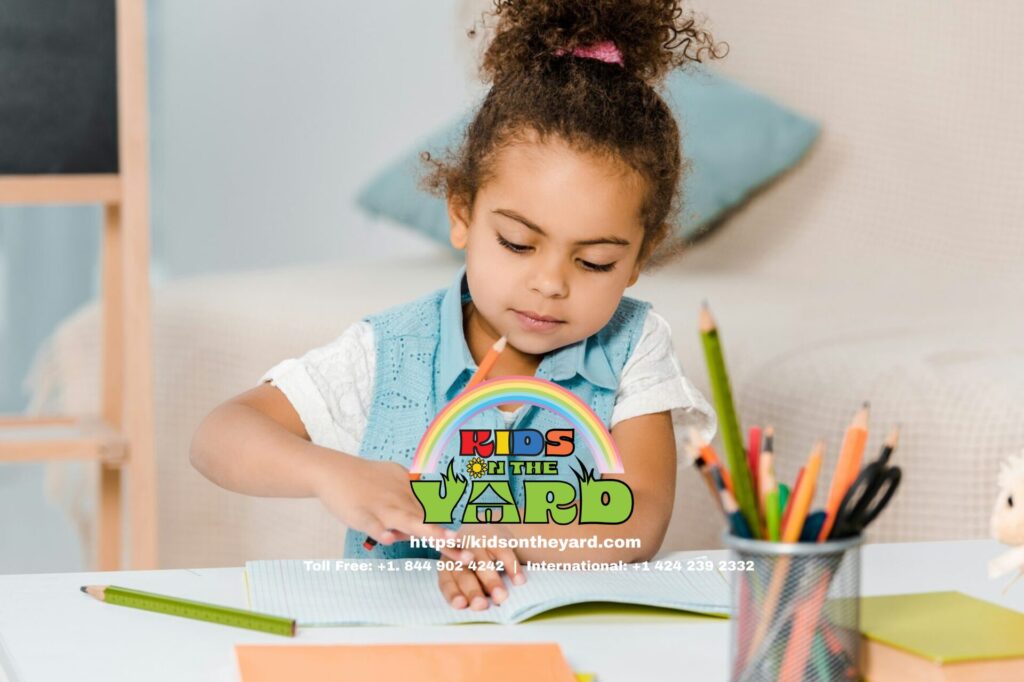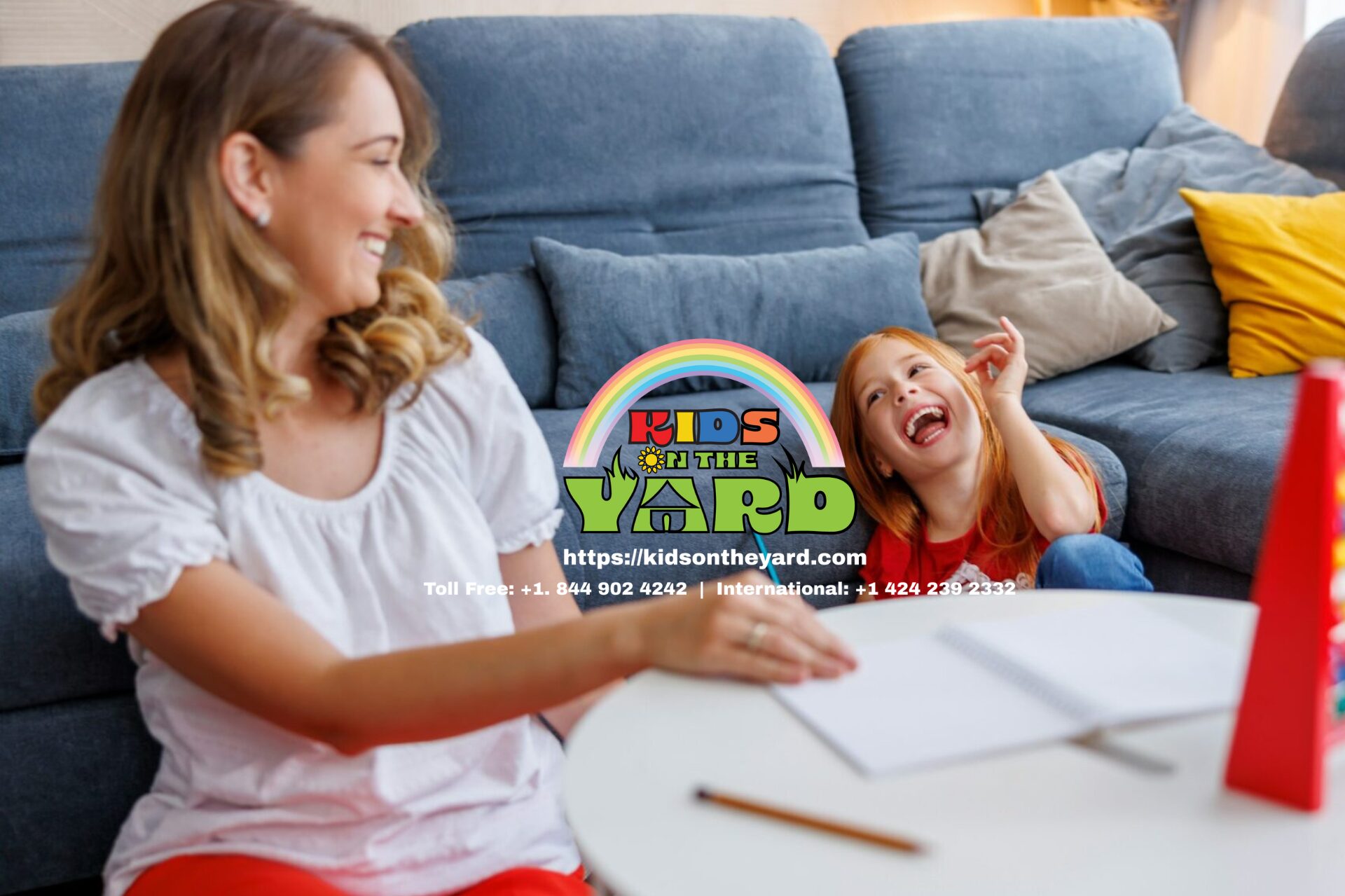|
Audio Article
|
Primary school is the optimal time to begin getting your child into a routine. In this article, we outline four essential study habits that will help your 3rd grader build not only a structured routine but one that sparks creativity and curiosity. Developing these consistent study habits will allow for an organized and happy school year.
1. Organize Study Materials
Color-coded folders for different subjects simplify retrieval and reduce search time. A single binder with dividers keeps documents organized and accessible. Ensure essential study tools like pencils, erasers, and highlighters are readily available in a dedicated pencil case.
Create a designated homework station free from distractions, with comfortable seating and good lighting. A small whiteboard or corkboard can be useful for reminders or schedules.
Establish a consistent homework routine to develop time management skills. Involve your child in organizing their materials to foster responsibility. Regularly check and adjust the system as needed.
- Teach your child to maintain a clutter-free study area
- Use a calendar or planner to track assignments and deadlines
- Encourage immediate filing of completed work to prevent loose paper accumulation
A visual timetable showing homework, study sessions, and free time can help teach balance between work and play.
2. Establish a Study Routine
Observe when your child is most alert and receptive to determine the best study time. Consistency is key – having your child study at the same time each day enhances focus and productivity.
Balance study time with extracurricular activities using a visual planner or calendar. Include short, frequent breaks to maintain concentration and prevent fatigue.
Involve your child in planning their study schedule to build time management skills and encourage responsibility. Ensure their study station is prepared before the designated study time to avoid delays.
Lead by example by adhering to your own schedules. Use praise and simple rewards to motivate consistency.
Reassess and adjust the routine periodically as school demands change.
3. Create a Distraction-Free Study Space
Select a quiet location for your child’s study area, dedicated solely to academic activities. Remove or turn off electronic devices to minimize distractions.
- Ensure proper lighting, preferably natural light or a good desk lamp
- Provide comfortable seating that promotes good posture
- Consider adding a small plant or bulletin board to make the space inviting
Use noise-canceling headphones or soft background music if it helps concentration. Keep the area organized with shelves or storage bins for books and supplies.
Allow your child to personalize the space with appropriate decorations. Consistently using the same study area helps develop disciplined habits. Regularly assess and adjust the space based on your child’s feedback and changing needs.

4. Active Review Techniques
Encourage your child to rewrite notes in their own words, including summaries or diagrams. This helps reinforce information and clarify points of confusion.
Use flashcards for subjects requiring memorization, such as vocabulary or math facts. Shuffle cards periodically to challenge recall.
Have your child teach the material to someone else, explaining concepts clearly. This helps identify gaps in understanding and boosts confidence.
Incorporate practice tests or quizzes to simulate the testing environment and identify areas needing more focus. Combine these techniques to keep learning dynamic and effective.
| Technique | Benefit |
|---|---|
| Note rewriting | Reinforces information |
| Flashcards | Aids memorization |
| Teaching others | Identifies knowledge gaps |
| Practice tests | Simulates exam environment |
- Dunlosky J, Rawson KA, Marsh EJ, Nathan MJ, Willingham DT. Improving students’ learning with effective learning techniques: Promising directions from cognitive and educational psychology. Psychol Sci Public Interest. 2013;14(1):4-58.
- Bjork RA, Dunlosky J, Kornell N. Self-regulated learning: Beliefs, techniques, and illusions. Annu Rev Psychol. 2013;64:417-444.
- Cepeda NJ, Pashler H, Vul E, Wixted JT, Rohrer D. Distributed practice in verbal recall tasks: A review and quantitative synthesis. Psychol Bull. 2006;132(3):354-380.
Why is it important to color-code folders for different subjects?
Color-coding helps students quickly identify their materials, making retrieval easier and reducing the time spent searching for documents.
How can I ensure my child’s study space is organized and free from distractions?
Choose a quiet location dedicated solely to studying, and remove electronic devices unless they are required for academic tasks. Keep supplies like pencils, erasers, and highlighters in a dedicated pencil case. Use shelves or storage bins to organize books and study tools.
What is the benefit of involving my child in organizing their materials?
Involving your child in organizing their materials helps foster a sense of responsibility and allows them to develop organizational skills they can use throughout their academic journey.
How can I help my child manage their time effectively?
Establish a consistent homework routine, use a calendar or planner to track assignments, and involve your child in creating a study schedule. Teaching them to maintain a clutter-free area and file completed work immediately will help with time management.
What should be included in a distraction-free study space?
A distraction-free space should have comfortable seating, good lighting, and minimal clutter. Natural lighting is ideal, but a desk lamp works well too. Adding items like a small plant or a bulletin board for reminders can make the area more inviting.
How can I ensure my child follows a regular study routine?
Observe when your child is most alert, and set a consistent study time each day. Use praise and small rewards to reinforce the routine, and adjust the schedule as necessary based on changing school demands.
What active review techniques are most effective?
Some effective active review techniques include rewriting notes in your child’s own words, using flashcards for memorization, teaching the material to someone else, and taking practice tests to simulate the exam environment.
Why is it beneficial for children to teach what they’ve learned?
teaching others helps solidify understanding, boosts confidence, and can reveal any gaps in knowledge that need further review.
How can a visual timetable benefit my child?
A visual timetable helps balance study sessions, homework, and free time, teaching children to manage their time while preventing them from feeling overwhelmed.


